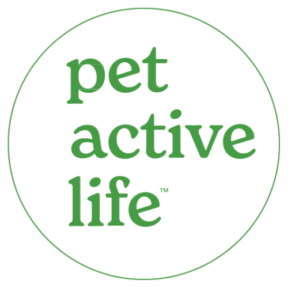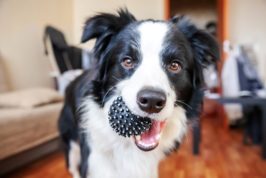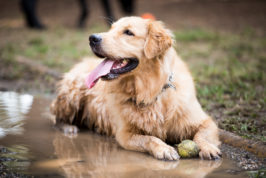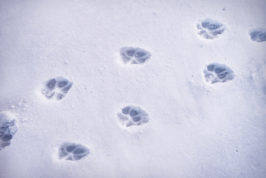Few things are as exciting as bringing a puppy home for the first time. And it’s totally natural to want to get out for ‘walkies’ as soon as possible. After all, you’ve been dreaming of those long country walks together for quite some time. But now you’ve got this tiny ball of fluff home, you’ve realised that they’ve got a lot of growing up to do before you can hike that hill! So just how much exercise should a puppy be doing? We explain all…
How much exercise does a puppy need?
Download your FREE veterinary puppy health checklist
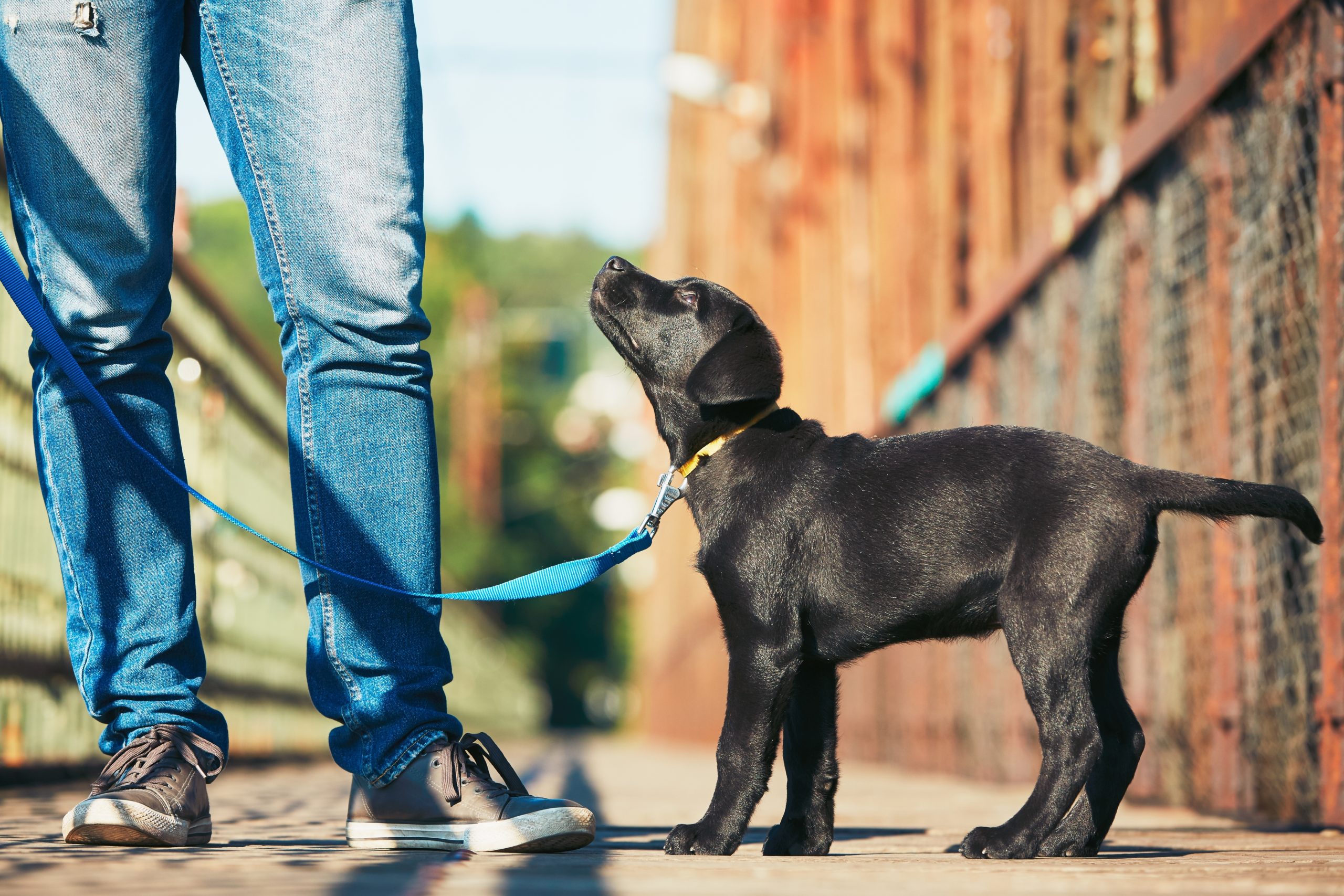
There’s a lot of debate and discussion around how much exercise a puppy needs. After all, each dog is unique and that can cause a lot of variation in how long you should walk your puppy for.
The general rule of thumb for puppy exercise is to do five minutes per month of age, until your dog has reached their adult size, twice a day. Here’s a handy table to help you work out how much exercise that is for your dog…
| Puppy’s age in weeks | Puppy’s age in months | Maximum amount of exercise |
| 8 weeks | 2 months | 10 minutes twice a day |
| 12 weeks | 3 months | 15 minutes twice a day |
| 16 weeks | 4 months | 20 minutes twice a day |
| 20 weeks | 5 months | 25 minutes twice a day |
| 24 weeks | 6 months | 30 minutes twice a day |
Of course, the question of when a dog reaches its adult size is also up for discussion. Smaller breeds tend to mature faster than larger breeds, with giant breeds sometimes taking two years to reach their full size!
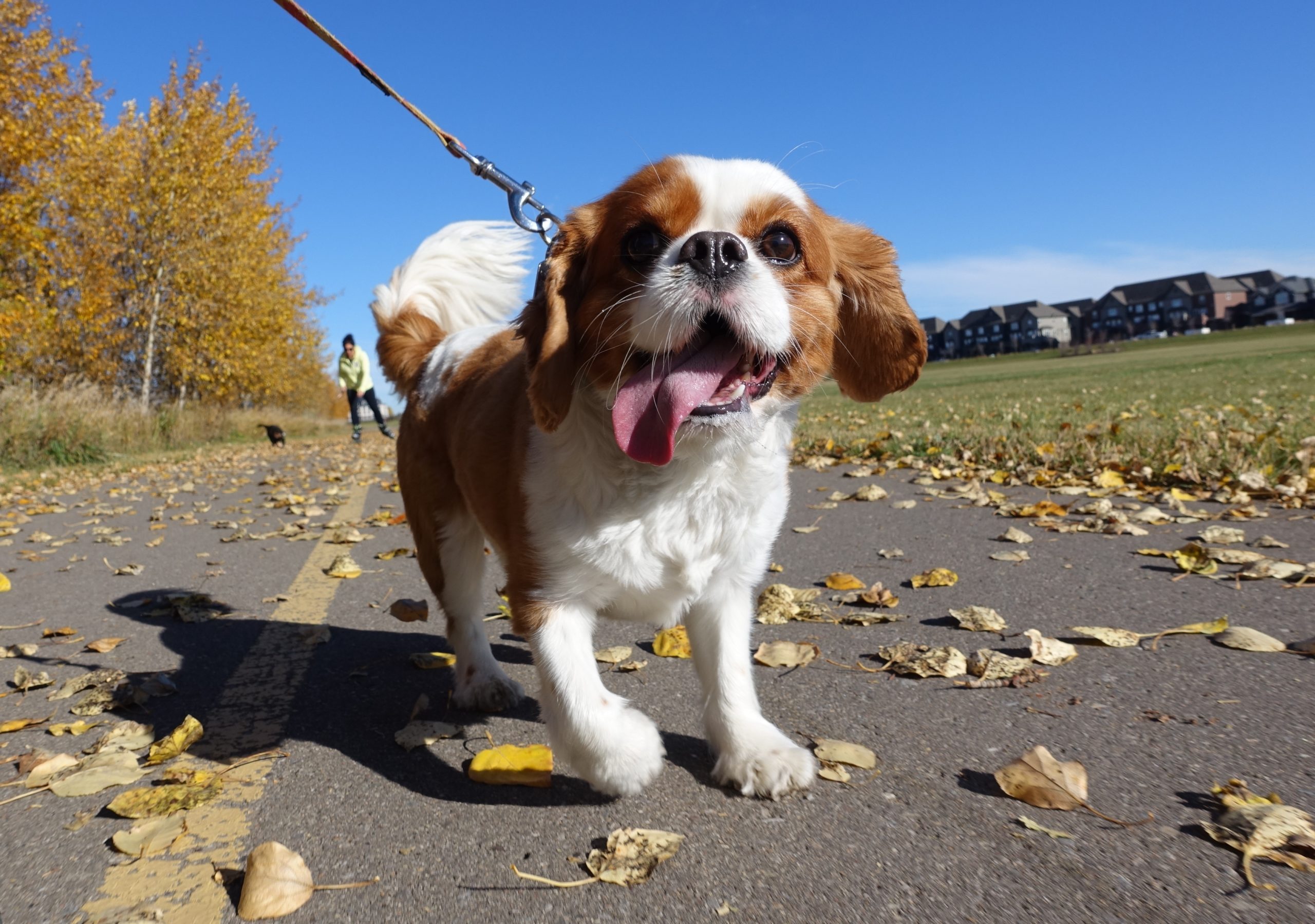
Why is too much exercise bad for puppies?
When your puppy is born, its bones are not fully formed, and they don’t yet meet in a joint. Instead, ‘long’ bones (such as the bones of the legs) have an area of cartilage near each end of the bone called the growth plate. This growth plate produces new bone as your dog grows, lengthening the bone, and eventually allowing the bones to meet in a joint.
The age at which the growth plates ‘close’ (stop growing) varies hugely between individuals, breeds and joints, but tends to be somewhere between six months and two-and-a-half years, with an average of about a year.
Some studies have suggested that too much exercise before these growth plates close can put strain on joints and increase the risk of various bone and joint conditions. These include Hip Dysplasia – a condition where the hip joint doesn’t form correctly – and Osteoarthritis (Arthritis).
A puppy’s bones are also not as tough as an adult dog’s. In fact, puppies make up about 40% of all cases of broken bones (fractures) in dogs. Excessive exercise, especially high-impact exercise, can increase the chance of bones breaking.
What sort of exercise can I do with my puppy?
Walks
When you take your puppy out to exercise, they should be going for a walk rather than a run. Until your puppy is fully grown, avoid taking them for a jog, cycle ride, or any other type of vigorous exercise.
While you’re walking, pay attention to your puppy, and stop if you notice them getting tired – even if it’s been less than the recommended exercise time.
Play
Play is thought to be good for joint development, especially if you play on soft ground that isn’t slippery. One study found that playing decreased the chance of Hip Dysplasia. With that said, play should be gentle and appropriate for your puppy’s age. Gentle tug of war games and rolling a ball slowly for your pup is ok. Charging after a ball that has been thrown, or excessive rough and tumble with a larger dog, isn’t.
Playtime doesn’t count towards the total exercise time for your dog, but please be sensible – puppies need sleep as much as they need play!
Socialisation and habituation
Don’t forget, your puppy needs to experience the world in order to grow up as a well-balanced dog. While they shouldn’t necessarily walk too much, they still need to experience the big outdoors. A puppy sling or pram can be handy for making sure your dog is getting those important early-life experiences, without putting excess strain on their joints.
Mental exercise
Mental exercise can be just as tiring as physical exercise, and sometimes more so. In fact, mental exercise is a great way to ensure your dog sleeps well and doesn’t cause mayhem in the house! Training will go a long way in tiring your puppy out without physically exercising them, but you can also reach for food puzzles.
What exercise should I avoid doing with my puppy?
Putting excessive strain on your dog’s joints can quickly cause a problem. Although too much exercise is one part of this, the wrong type of exercise can also damage your dog’s growth plates.
Try to avoid high-impact exercise such as jumping. Even top agility dogs don’t start training until they’re fully grown, so there’s no need to rush. When you are playing, try to prevent your dog from leaping and twisting. Keep your games low to the ground, so they can stay on all four paws.

How else can I look after my puppy’s joints?
We know that exercise is one important factor when it comes to Hip Dysplasia and other joint problems, but there are other things you can be mindful of to look after your dog’s joints…
A balanced diet
Your puppy should be on a balanced diet appropriate to its breed. For most puppies, a puppy food is fine. For a large or giant breed dog, a ‘giant’ puppy food may be more appropriate. In growing dogs, it can be hard to balance the diet and give them the correct nutrition. This is best left to the experts, so you could purchase a pre-made food with ‘complete and balanced’ on the label, rather than home cooking.
If you do decide you want to make your puppy’s food yourself, it’s best to get a veterinary nutritionist to correctly formulate the recipe for you, as many online recipes are not balanced.
The correct weight
One thing that all the studies agree on is that obesity makes it much more likely that your dog will suffer with joint disease. Ensuring that your dog remains at a healthy weight is one of the most important ways you can protect their joints. Your veterinary team can help you determine whether your pet is gaining too much weight, even in a growing puppy.
Joint supplements
Making sure your dog has all the nutrition they need to maintain their joints can help them make any necessary repairs as their joints go through wear and tear. While you can find diets that include ingredients like Glucosamine, Chondroitin and Omega 3, you can also add these in as a supplement in order to ensure your dog has exactly what they need.

Conclusion
It’s important for your puppy’s physical and mental wellbeing to get plenty of exercise, but you need to make sure it’s the right type and amount. Long-term damage to joints can occur if dogs are over-exercised before they’ve finished growing. If you aren’t sure whether the amount of exercise your puppy is getting is right for their age and size, talk to your veterinary team.
